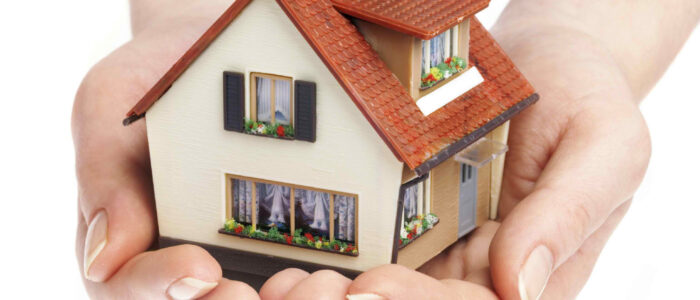Home Protection Series Part 1: Protect Your Basement

Proper care ensures your home and the systems in your home will perform for years to come. Protecting your basement from moisture is critical for a healthy (and dry!) home. There are three main reasons basements get wet: the sump pump fails to operate, the areaway drain isn’t kept clear or proper drainage around the foundation isn’t maintained.
Sump Pump Failure
THE most common reason a sump pump fails to operate is due to a power outage not the pump itself. If there is no power in the house or someone unplugs the pump and forgets to plug it back in, the pump won’t operate. Water will build up in the crock and overflow into the basement. Less common is when a pump just flat out fails to operate correctly. For example, there is a float on most pumps that triggers the pump to operate when the water in the crock reaches a certain level. If the float doesn’t operate, the pump won’t turn on.
Areaway Drain Clogged
The drain in an areaway can get covered up with leaves, grass clippings, etc. so it must be maintained to ensure any water that flows into the areaway can pass through the drain, into the draintile system and finally into the sump crock so the sump pump can pump it out of the house. If the drain isn’t kept clear, water will build up in the areaway drain, jump the threshold of the door and overflow into the basement.
Improper Drainage
If the grade around the house isn’t sloped away from the foundation, water will build up at the foundation wall and eventually make it’s way inside where the slab meets the wall. A small, innocuous hole in the ground around the foundation of your house can wreak havoc.
Here are some tips for protecting your basement from moisture!
Tip #1: Install a battery back-up on your sump pump. The number one reason a sump pump fails is due to lack of a power source. If your home loses power or someone accidentally unplugs the pump and forgets to plug it back in, the battery back-up can save you thousands of dollars in water damage.
Tip #2: Maintain your sump pump. The amount of water that cycles through your sump pump is dependent on how much water is around and under your foundation. If your pump only runs occasionally, it can last 5-10 years. The more it runs, the faster it will wear out. The key to maintaining your sump pump is replacing it before it conks out on you. You can also buy a local alarm that will sound an audible alarm if the pump fails to operate.
Remember, these are machines with motors and moving parts. Like all machines, they can break before they’re supposed to. And just because you put in a fancy pump, doesn’t mean it won’t break down.
Tip #3: Keep your areaway drain free of debris. When it rains, this is the first thing that should pop into your head (is my areaway clean??). Especially in the fall when the leaves are everywhere. Make it a habit to regularly check that your areaway drain is free from debris.
Tip #4: Check the grade around your foundation regularly. You’ll want to make sure any low spots around the foundation are filled in and graded away from the foundation. Also, check the downspouts and the sump pump discharge line. They need to be directed away from the house which will prevent that water from cycling through the draintile system (creating unnecessary work for your sump pump).
Maintaining your home isn’t always fun but it’s important. And you know what’s less fun, dealing with issues in your home due to lack of maintenance.
Dream. Build. Live.
